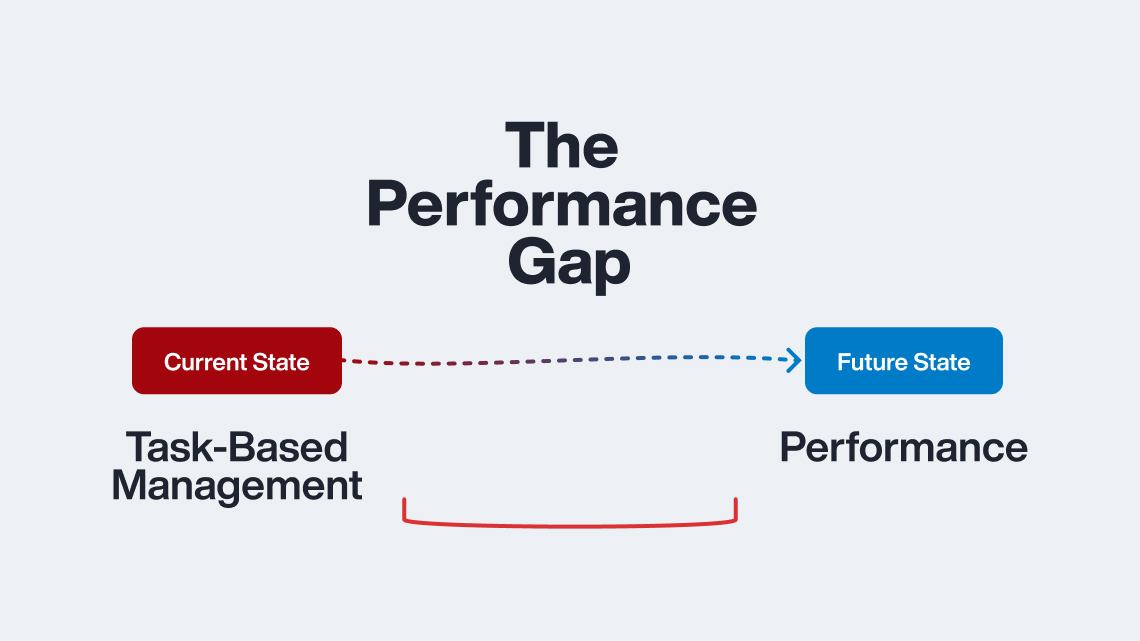Published on August 28th, 2019
By Megan Eales Monroe
On the quest to deliver an excellent customer experience to your residents, data can be a powerful secret weapon.
With access to relevant data and insights on your residents and the properties you manage, you can personalize the service and experience you provide, make strategic decisions that improve profitability, and maximize the performance of your teams — but only if you trust that the data you’re basing those insights upon is actually reliable.
Unreliable Data: An Expensive Problem
Astonishingly, research from Experian reveals that 29% of customer and prospect data is suspected to be inaccurate in some way.
That inaccuracy has a high price. Pitney Bowes reports that 77% of companies believe they are losing revenue because of inaccurate and incomplete data, and that’s about 12% of revenue on average. In fact, the same report mentions a recent study showing that the average Fortune 1000 company could increase revenue by $2.01 billion, simply by improving data quality by 10%.
Without accurate data at your fingertips, everyday business decisions take longer, as you are forced to search for data in multiple places and verify the accuracy of what you find. According to the Harvard Business Review, knowledge workers waste up to 50% of their time hunting for data, finding or fixing errors, or verifying data that they do not trust.
The issue at the root of this expensive problem is a concept known as “data hygiene.” Essentially, data hygiene refers to the strategies and methods put into place that prevent dirty data from clouding your database, and from clouding your decision-making ability.
In this article, we’ll discuss a few of the most common ways that dirty data makes its way into your system, and provide a few strategies that you can use to keep things clean.
Data Quality Problem #1: Human Error
One of the main ways that dirty data crops up in your system is because someone accidentally entered it in that way. Experian’s Data Quality research showed human error in data entry was the biggest contributor to poor data accuracy in 2018, with 50% of businesses saying that it negatively impacted their data quality.
Whether it’s a typo in an email address or an accidental omission of a critical data point, human error can result in spotty data throughout your business.
No matter how diligent and hardworking your team is, data entry mistakes can still happen. Property management is a fast-paced job, especially during leasing season. Just trying to keep up with the volume of incoming leads for a vacancy can keep your team occupied around the clock. Fitting data entry into such a busy schedule isn’t easy, and even when time is made, the demanding nature of the job occasionally results in mistakes.
The solution to this problem is to eliminate or reduce manual data entry from your business processes. Automatic data entry is made possible by technological breakthroughs. For example, an AI-powered leasing assistant can automatically sync data collected from leads into your database — no manual data entry needed.
In addition to giving your team back the many hours spent on data entry, this kind of automatic data entry also removes the possibility of human error from the equation, improving the accuracy of your data so you can make better decisions.
Data Quality Problem #2: Too many data sources
Another factor that leads to data quality problems is the growing number of data sources that property management companies are juggling. The median number of internal data sources companies use for decision-making is five — but that doubles to ten in large organizations. 18% of companies are actually using 20 or more data sources.
Although having access to more sources can increase the amount of data available for analysis and insight, it also presents complications and risks for data accuracy, especially if these data sources are connected together via many software integrations.
Integrations allow systems to share data, but without a thoughtful and strategic approach to integrations, companies run the risk of allowing systems that don’t truly work together to share inaccurate data.
Relying on a system of too many interconnected tools leaves your business vulnerable when an integration or API breaks down. Bad data can easily make its way into your linked systems when there is a failure point with any one of the connected pieces.
To prevent this issue, property management businesses must take a different approach to integrations. Rather than stringing together a collection of many systems, focus on finding a technology partner who provides the best possible functionality along with strategic and thoughtful integrations.
Data Quality Problem #3: No data strategy
A final issue that contributes to many data hygiene problems is the lack of a clear and well-defined data strategy.
According to SAS Data Management, “A data strategy is a plan designed to improve all of the ways you acquire, store, manage, share and use data.”
Without a data strategy, teams across your organization are likely not on the same page about how your data is collected and used. This means that the same data may live in multiple locations, projects to gather or verify data might be needlessly repeated, or that some departments or teams have an incorrect understanding of what each data point actually measures.
Here are three steps you can take to outline a data strategy that can prevent these issues.
- First, define the meaning of the data that you are collecting. This means clarifying the name of each value, its correct format, and what it represents. Train your team on these definitions, keep this documentation somewhere that is easily accessible, and share this documentation with new hires.
- Next, establish how this information will be stored and managed. How will new data be added to the system? Whenever possible, consider how you can unite data from multiple sources together in one place so that your team doesn’t have to check multiple systems to find the answers they need.
- Finally, consider how your data will be accessed. Ideally, your team should be able to quickly and easily find data that can help them make better strategic decisions, and you should be able to tailor data access permissions to match the level of detail required by each role.
Turn Your Data Into A Competitive Advantage
Data is one of your business’ most valuable assets — which is why it is so crucial to protect its accuracy using these three strategies.
Find out how AppFolio Property Manager PLUS unlocks access to accurate, real-time data and insights at any time, and on any device.









Comments by Megan Eales Monroe
Ensure Consistency Across Teams: How to Leverage Built-In Workflows & Other Technologies
Hi there Ryan! We definitely have solutions that make sense ...
How Will Rent Control Impact Property Management Companies in 2020?
Hi Frank - the Consumer Price Index (CPI) is used as a ...
What is AI, and How is it Transforming the Real Estate Industry?
Hi there, Kim! The price depends on your business' ...
There’s a Better Way to Get Work Done: How to Maximize Team Performance through Experience
Hi Amanda, We'd be happy to provide you with more info! ...